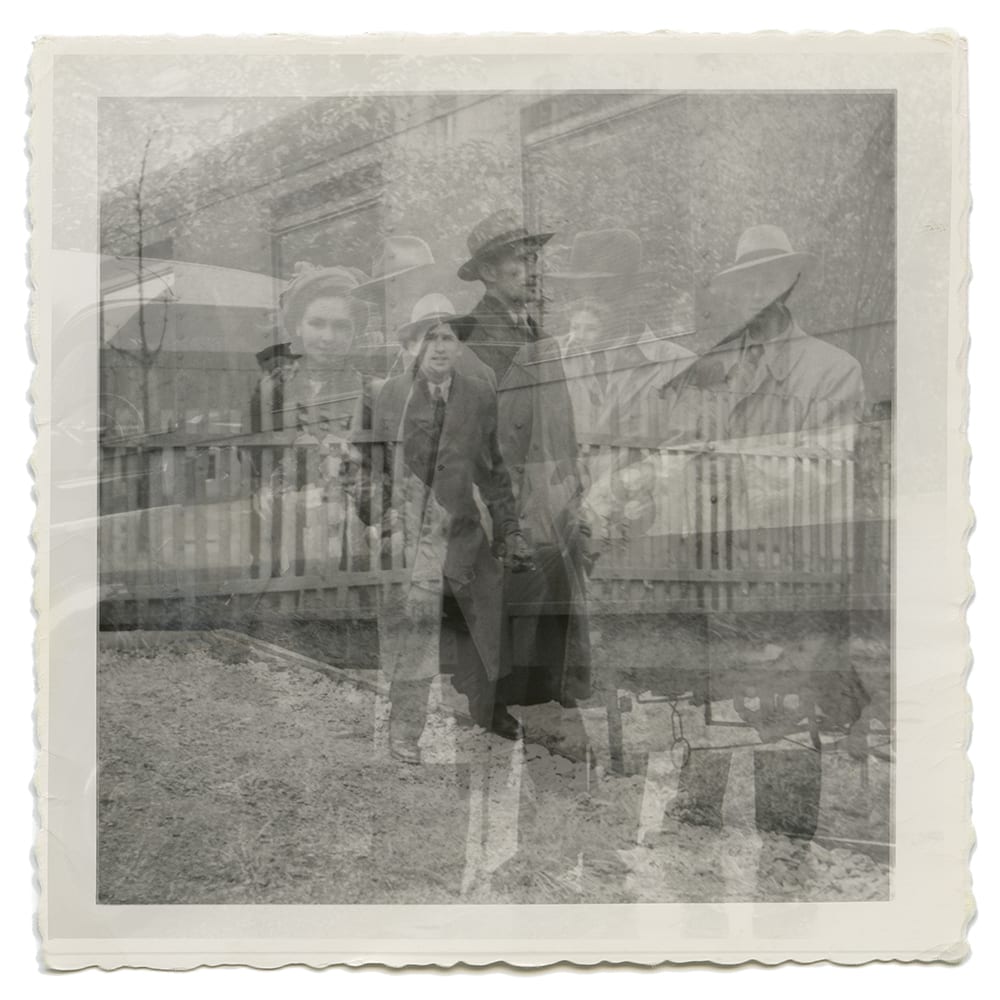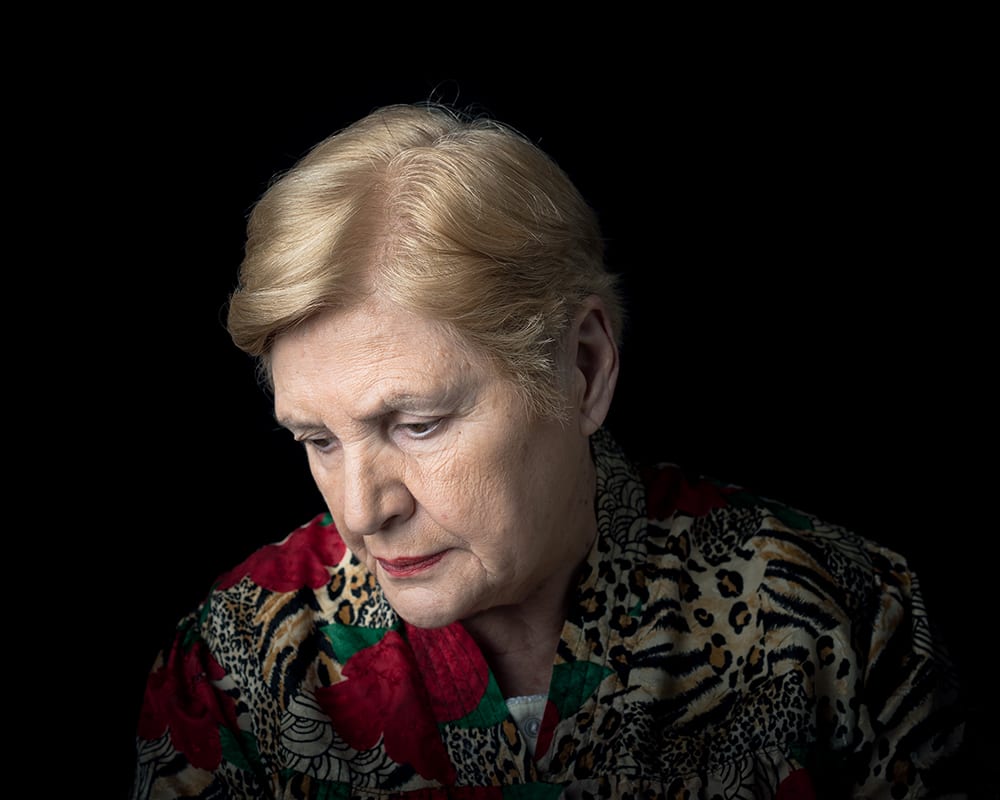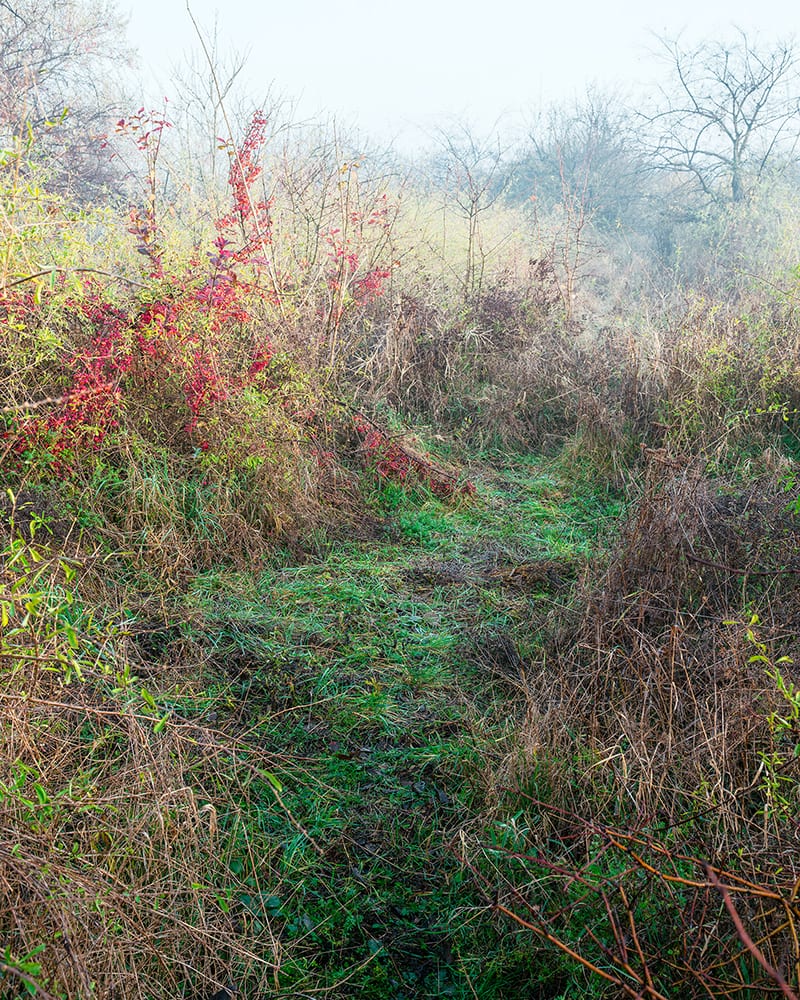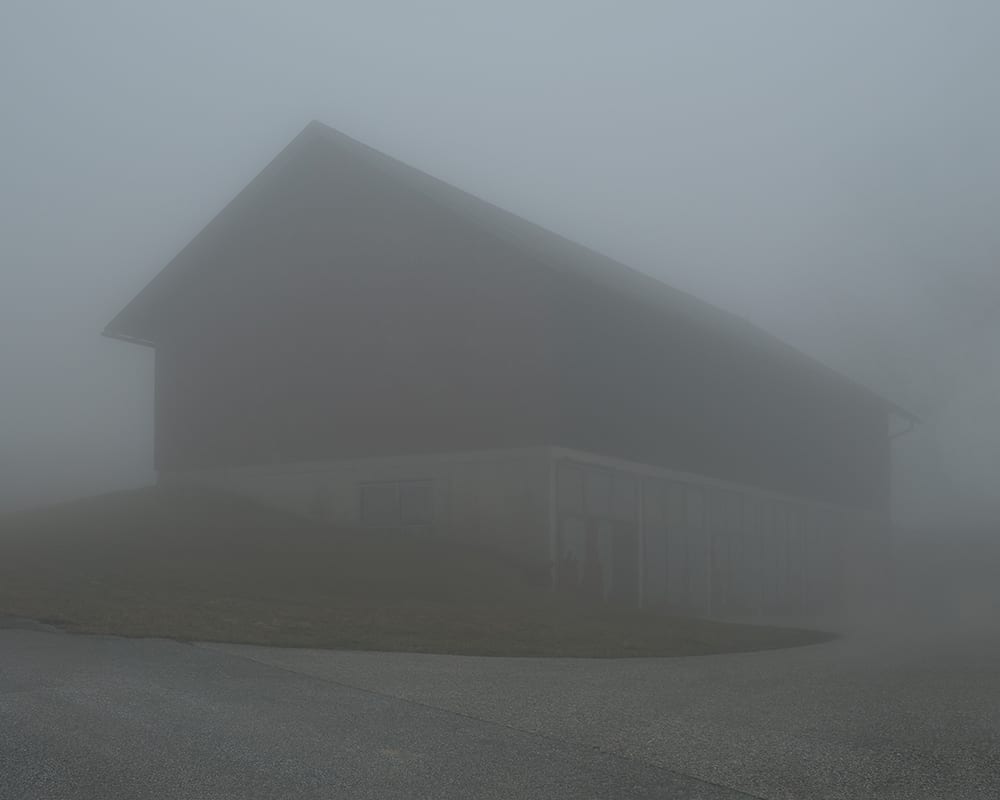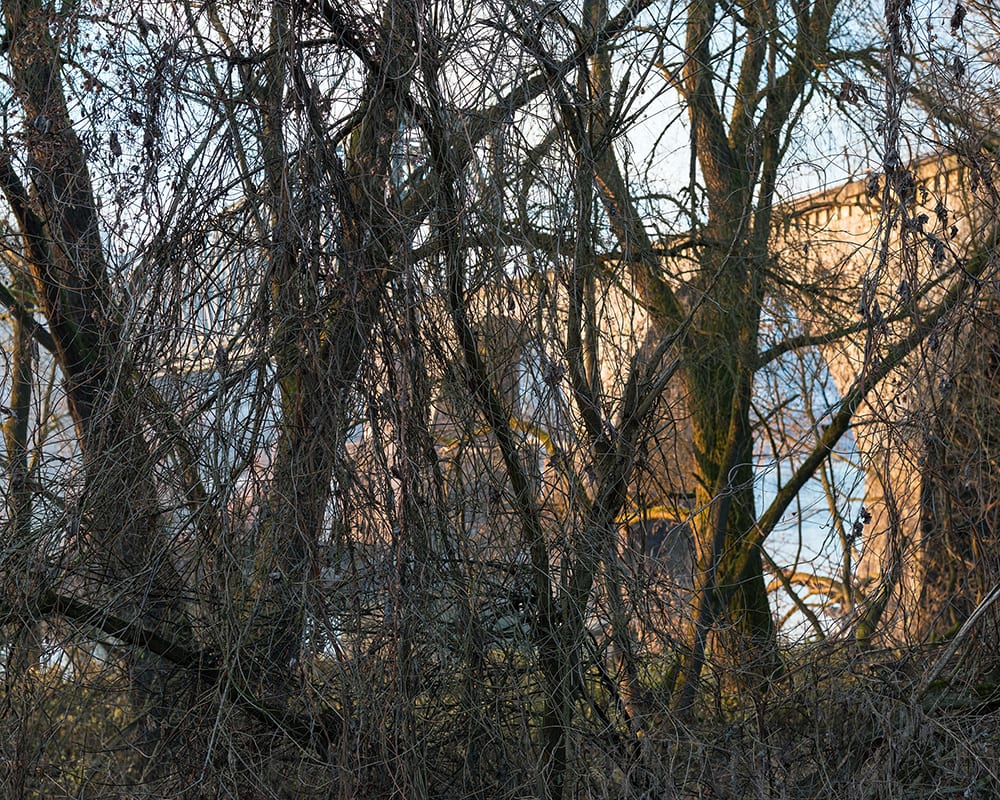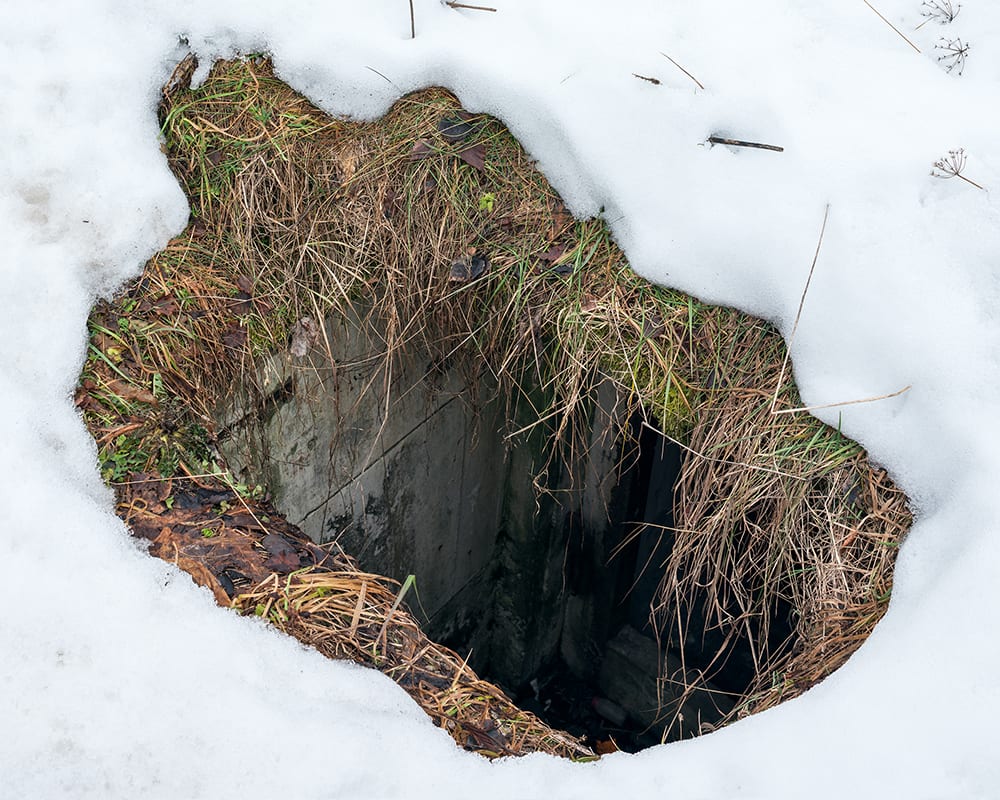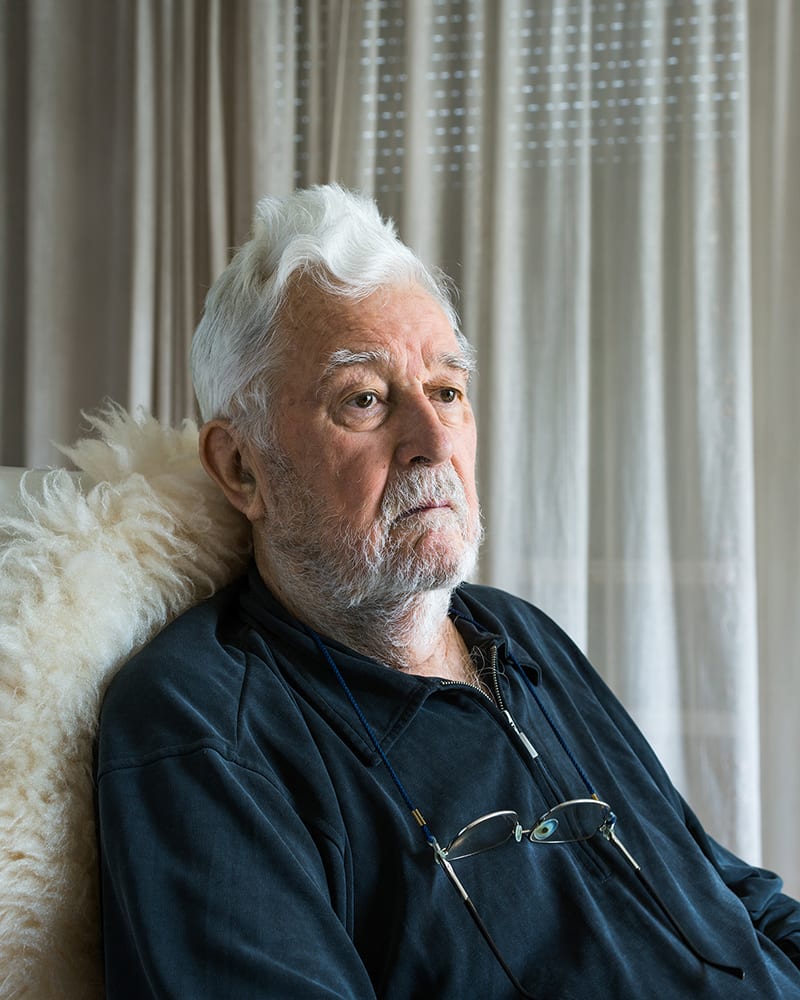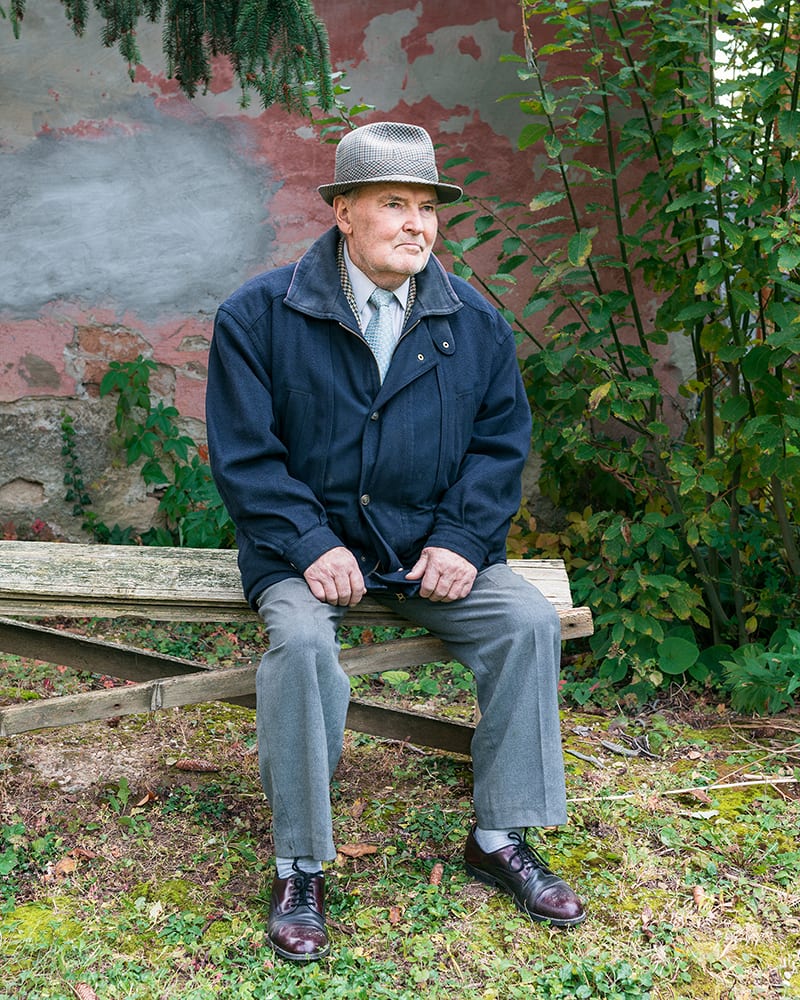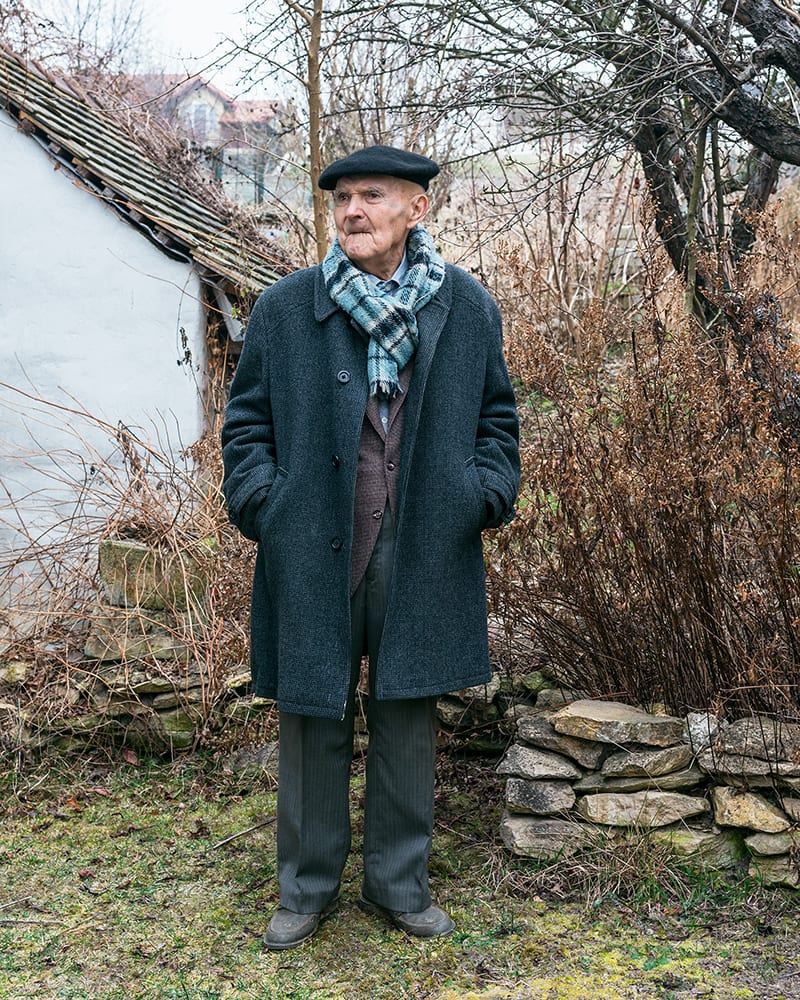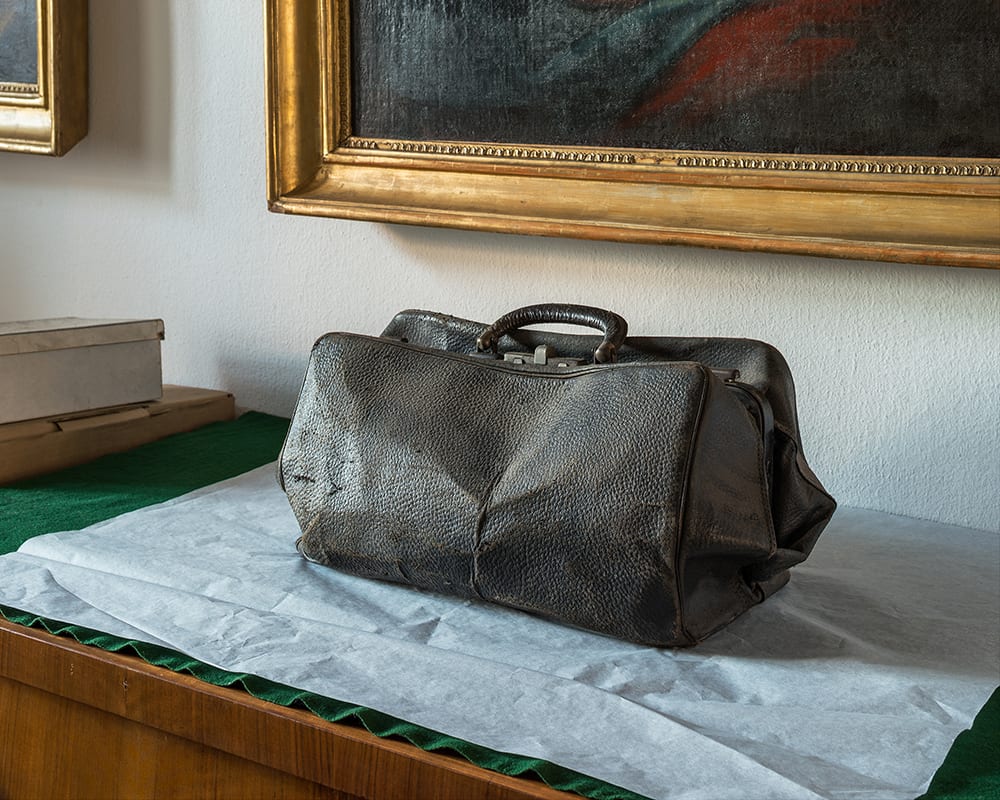In 1945, my maternal grandmother and her family fled Hungary as Russian armies advanced from the east. They traveled through Austria to Germany, eventually settling in a displaced-persons camp in Munich. There, my grandmother met and became engaged to a Hungarian man named Paul. When sponsorship to the U.S. opened, my grandmother left with her family, certain her fiancé would follow.
During transatlantic passage, my grandmother was ill with symptoms of early pregnancy, ultimately leading to my mother’s birth. My grandmother’s fiancé never came to America nor did they meet again. This work attempts to visualize and reconstruct a past and a world that no longer exists except in relatively few place markers, carried objects, and memories.
I began this project by retracing a possible path for my grandmother’s refugee flight. Traveling from her home, Szeged, Hungary, to Munich, I photographed found shelters, remnants of Russian occupation, and other post-war landscapes. The resulting images are an emotive attempt to explore memory and place, and serve as a backdrop for this implied narrative.
As a 2016 Fulbright Scholar in Budapest, I shifted my focus directly to Paul, my grandmother’s fiancé, whose actual existence was revealed in two found documents and three family snapshots. My challenge was making a deceased and little-known person, more concrete. This inspired me to photograph several elderly Hungarian men, Paul’s ‘contemporaries’, if he were still alive. In these portraits, all titled, ’Paul,’ the men are visual replacements for my grandfather. Other images show clothing that match Paul’s attire in family photographs. These fictive elements blend truth and fiction and enable photography to create narrative where gaps exist.
-Anthony Paul Marchetti
Please click on the photographs for captions.
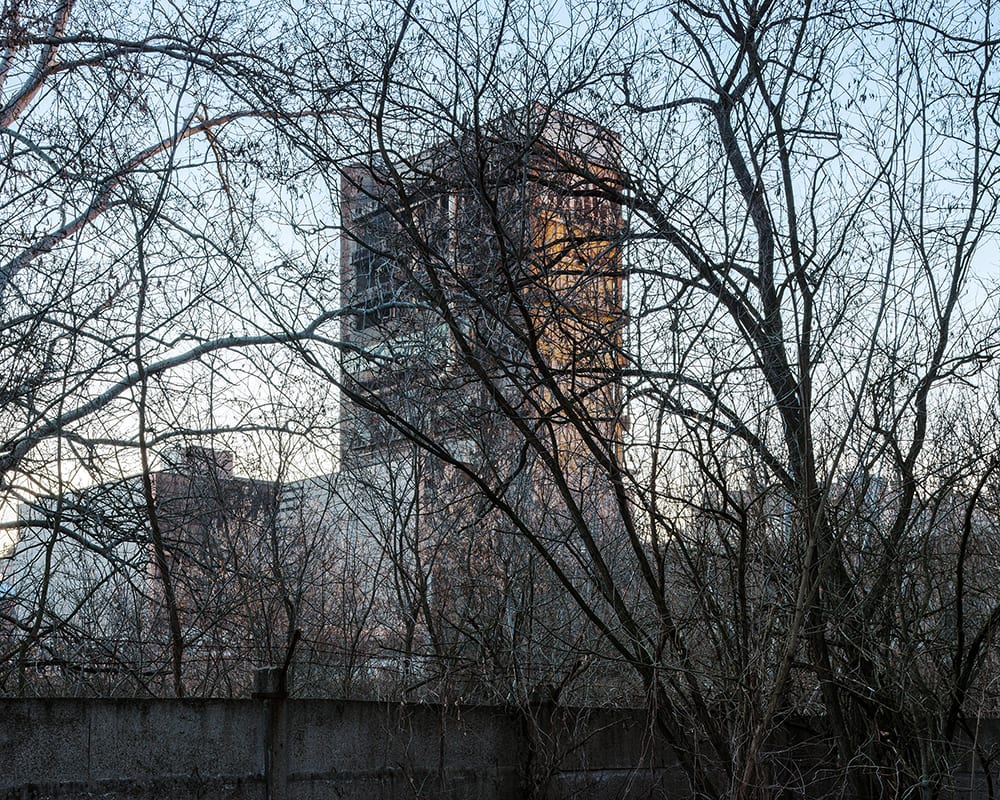
Artist Bio:
Anthony Marchetti completed a BA at Gustavus Adolphus College and an MFA at the University of Minnesota. Currently, he is a full-time faculty member at Anoka-‐Ramsey Community College.
A four-‐time Minnesota State Arts Board recipient, two-‐time Bush Fellowship finalist, and a McKnight fellow in 2007 and 2013, his work has been exhibited regionally and nationally, including: the Frederick R. Weisman Art Museum; Minnesota Museum of American Art; Rochester Center for the Arts; Vermont Center for Photography; Momenta Art, Brooklyn, New York; the Rayko Photo Center, San Francisco; and Casa del Tunel, Tijuana, Mexico. His work is in the permanent collection of the Weisman Art Museum, the Minneapolis Institute of Art, Gustavus Adolphus College, and the Hungarian Multicultural Center.
In 2016, Marchetti was a Fulbright Scholar in Budapest, Hungary, where he taught at the Moholy-‐Nagy University of Art and Design and continued work on his current project that explores his maternal grandmother’s flight from Europe following World War II.
Contact Info:
Anthony Marchetti
1812 Washington Street NE
Minneapolis, MN 55418
(651) 253-1364
anthonypaulmarchetti@gmail.com
www.anthonymarchetti.com
Nancy McCrary
Nancy is the Publisher and Founding Editor of South x Southeast photomagazine. She is also the Director of South x Southeast Workshops, and Director of South x Southeast Photogallery. She resides on her farm in Georgia with 4 hounds where she shoots only pictures.


